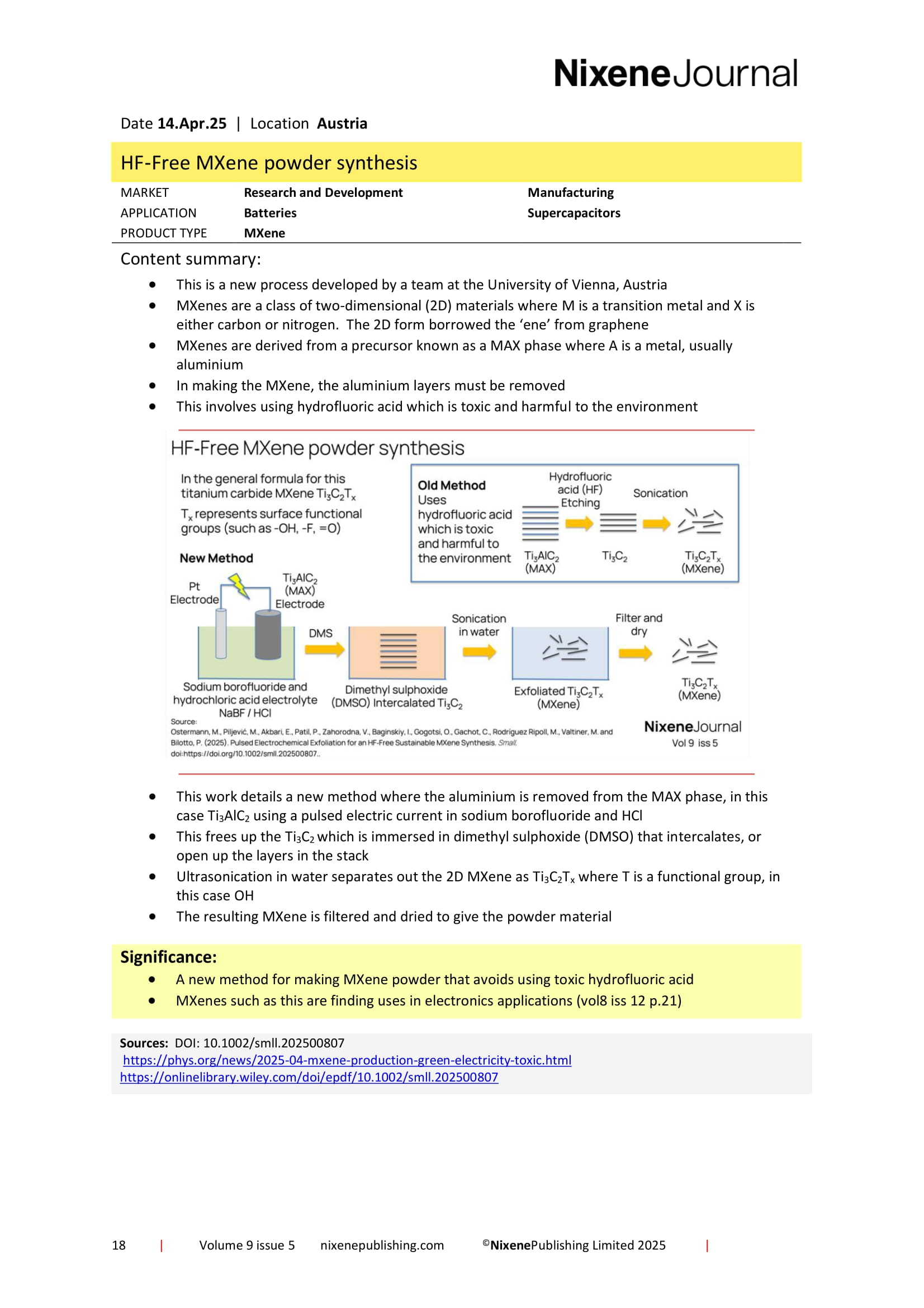Journals
This product is relevant to the following:
Material:
Other:
, ,Locations:
Markets:
Applications:
Product Types:
Technologies:
Related products
-
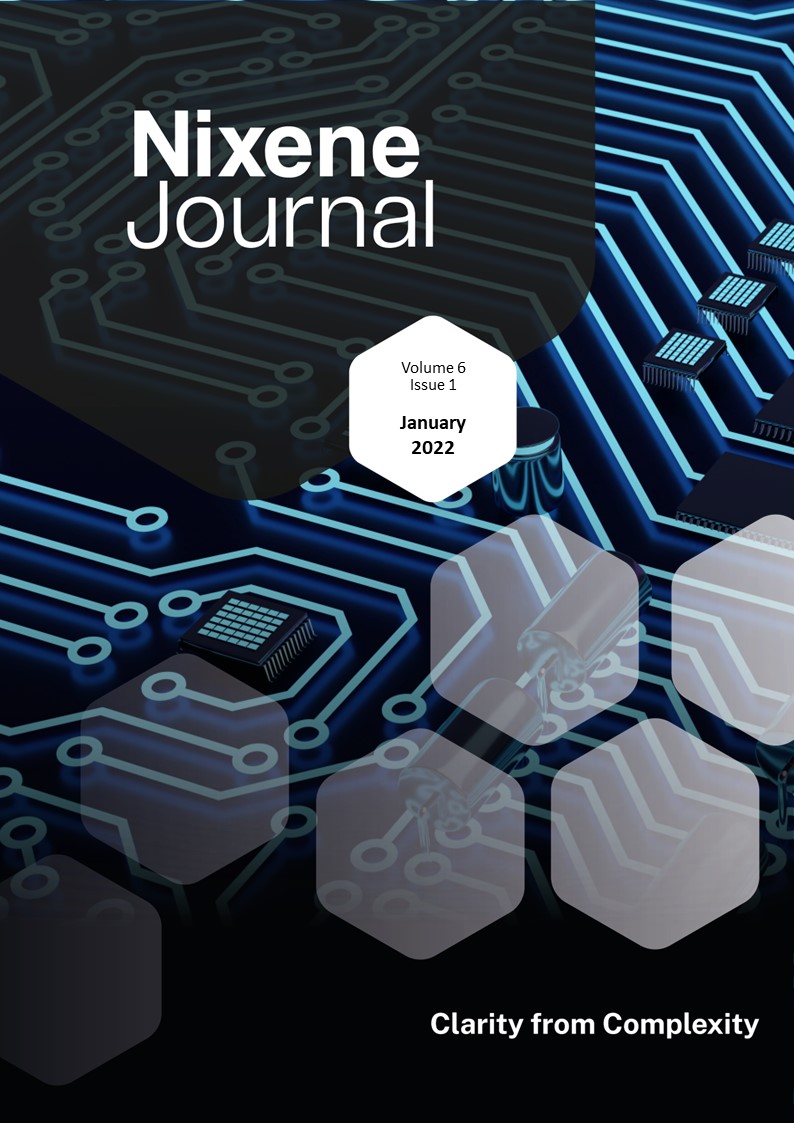
Vol 6 Issue 1
The start of a new year is a traditional time to take a forward view. In this issue, we explore some of the future trends that could affect the graphene powder manufacturers. The whole market is beginning to pivot from a technology push to a market pull as the benefits of graphene powder additives start to be realised by more potential customers. This will create a market dynamic that will cause a shakeout that makes some of the existing suppliers evolve into applications specialists or even exit the market. This has not happened yet. Companies that have declared interests in electric vehicle batteries are attracting more investor interest. Even though the benefits of graphene are minimal, the EV market is something investors understand. Gratomic in Canada has increased its share offering to $27m this month, and Direct Plus in Italy is in the process of raising £7m ($9.5m) through the issue of new shares to investors. Keeping with the battery theme, GMG has commissioned its pilot production line in Australia. The production line is making coin cell batteries using its aluminium-ion technology rather than lithium-ion technology. An additional pilot line for making pouch cells is planned for the first half of 2022. More activity has been noted in Canada, this time from GIT Inc. The company has announced a significant trial of its anti-fouling marine paint on nine ships of varying classes. In the UK, a start-up company, Perfect Sense AQ Ltd, has won a European innovation prize for its air quality pin sensor badge. A remarkable point to note is that the CEO is a young lady, 14 years of age and still at school. The research output continues to surprise and impress. In this issue, we summarise work ranging from the pollution control of mining wastewater to a new targeted treatment for breast cancer. In China, a team has used a graphene polymer composite to improve the sound absorption of novel building materials. As usual this issue is packed with many more fascinating developments, so I encourage you to read on and explore. Adrian Nixon, 1st January 2022£45.00 View product -
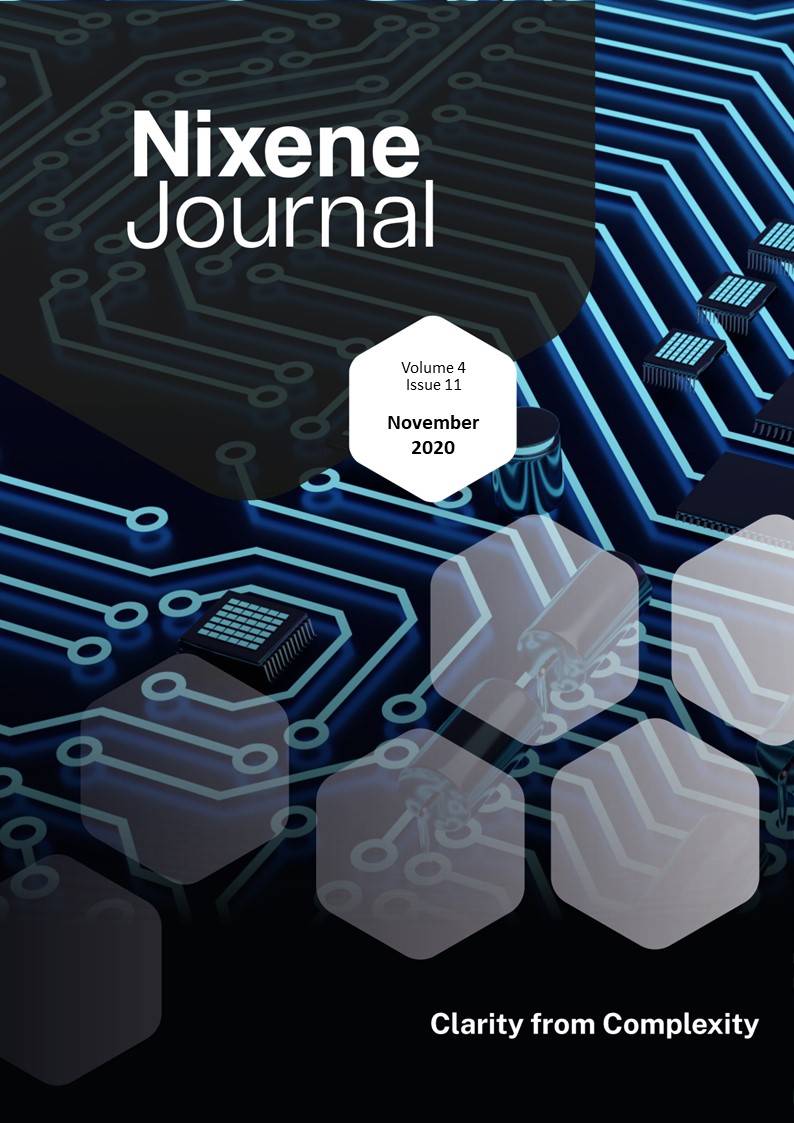
Vol 4 Issue 11
When I was studying Chemistry, I remember being fascinated by a massive wood and glass cabinet at the college entrance. It was a periodic table containing actual samples of the elements. The lasting impression was how many of the elements were metals. Non-metals are in the minority. There is method in my recollection. A few weeks ago, a new form of carbon was announced by a team in the USA. They call it U-carbon and it is metallic. It conducts electricity, is magnetic and the sample they have made looks just like a highly polished metal mirror. Carbon is not a metal. Or is it? U-carbon is a layered combination of 2D and 3D material. This one will keep scientists arguing about definitions for some time to come. In the meantime, the applications for something that is mirror-like, has a very high melting point, is electrically and thermally conductive as well as magnetic and extremely hard, will be myriad. U-carbon is something to watch. Another research project hit the headlines this month. The University of Arkansas announced they had made a device using graphene that extracts limitless electrical energy from Brownian motion. I spent several days with two of the smartest people I know to figure out what was actually going on here because this work appears to invalidate earlier work by Richard Feynman. We think we’ve got to the bottom of this and while their device works at the small scale, we think they will encounter problems scaling up and discover that Richard was right all along. Time will tell. Yet more fascinating work has been done by the Pacific Northwest National Laboratory. They have made a new material; a graphene-copper metal composite. This is a new shear forming technique for making metal components and wires from powders. This shows 5% improved electrical conductivity compared with copper. General Motors is already working with this to lightweight their electric vehicles. We can see huge opportunities in space and clean energy where lightweighting electrically conductive copper will be a significant leap forward. Chinese electronics hardware company MSI has embraced graphene composites. Their latest graphics card has a casing made from a graphene enhanced polymer that is four times stronger and conducts heat sixteen times better than the normal plastic they used for the casing. Another eye-catching development was made by researchers at the University of Surrey. They have found that adding small amounts of graphene to an acrylate-based polymer makes it look like a green opalescent material. More importantly its colour changes red when squeezed and blue when stretched. This is reversible. It also responds to temperature too, losing its colour irreversibly above a set temperature. This means they have created a sensor that does not need batteries. As usual there is so much more in this issue, the pace of this field is astonishing. Adrian Nixon, 1st November 2020£45.00 View product -
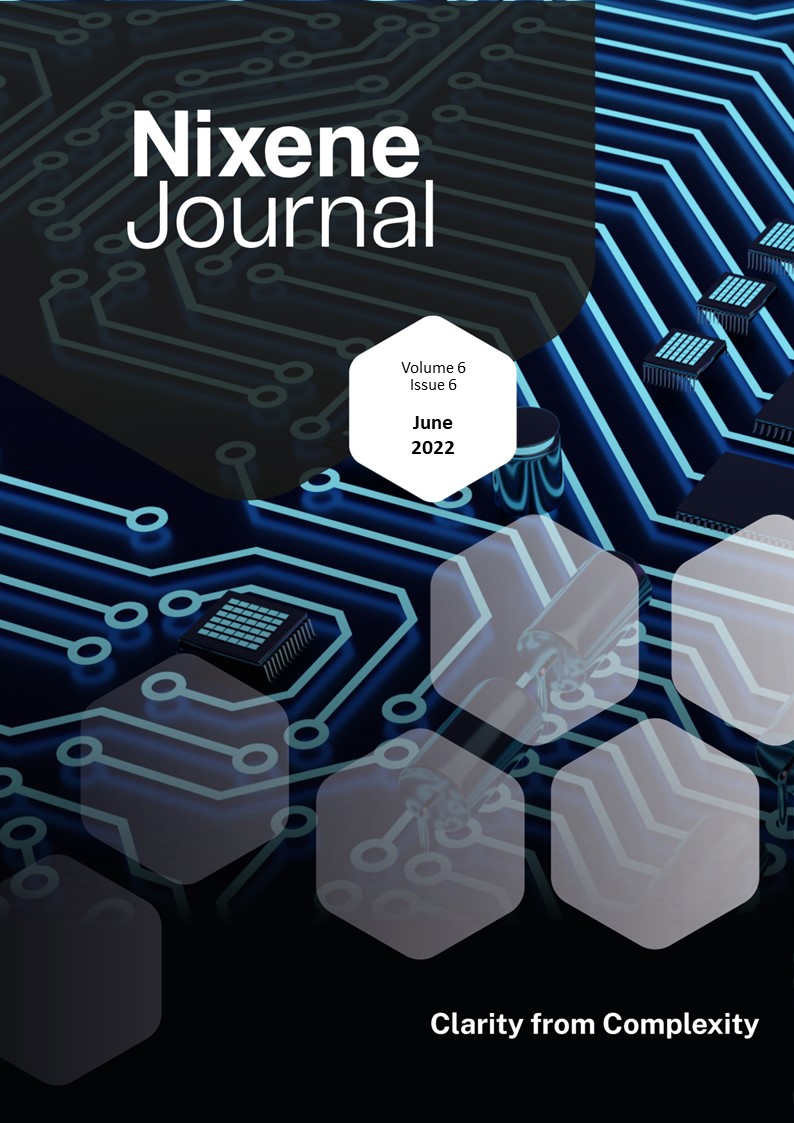
Vol 6 Issue 6
A sustainable economy is a major aspiration for governments and corporations alike. As we head into the future recycling and upcycling of materials is a major part of this. In principle, plastics should be relatively straightforward to recycle. In practise this is quite challenging because different types of plastics are often bonded together, to achieve different performance criteria, and often end up in waste dumps at the end of the product’s life because these bonded composites are often impossible to recycle. The Ford Motor Company has been making progress addressing this challenge with Prof James Tour’s team at Rice University in the USA. A few days ago, they published the results of their joint work (p.14). They have proved that a variety of waste plastics from end-of-life vehicles can be made into flash graphene powder. The flash graphene was used to make new graphene enhanced polymers which had better mechanical performance, so this can be considered as a prime example of upcycling rather than recycling, (upcycling is the process of converting a material into a new resource of higher quality, value and increased functionality). Ford and Rice are creating an important chapter in the graphene story with this work. Two new two-dimensional (2D) materials have been created for the first time this month. In 2012, a new 2D allotrope (a new form) of carbon called graphyne was thought to be possible to make and some of its properties were predicted. A decade later, a team of chemists at the University of Colorado has actually made small amounts of the material for the first time (p.15). The other new 2D materials are called transition metal carbo-chalcogenides, more easily termed TMCCs. These have been made by a joint team in the USA and Sweden. TMCCs have a combination of electrical conductivity and stability that make them attractive candidates for electronics and energy storage applications. The manufacturing process is also relatively straightforward and scaleable in comparison with similar materials and this could make them a viable commercial proposition in the future. Returning to the sustainability theme; this month, UK graphene manufacturer Levidian Nanosystems Ltd. announced a £700 million deal with the United Arab Emirates (UAE) to supply 500 of its graphene production units. This will capture half a million tonnes of CO2 equivalents (CO2e) over the next five years. The system works by turning methane gas into graphene. The graphene is almost a by-product in this case. The most logical use will be to further reduce CO2 emissions by using the graphene to enhance concrete for many construction projects in the UAE. Graphene is certainly making an impact right where it is needed most – furthering the sustainability agenda, you can find out more by reading on… Adrian Nixon 1st June 2022£45.00 View product -
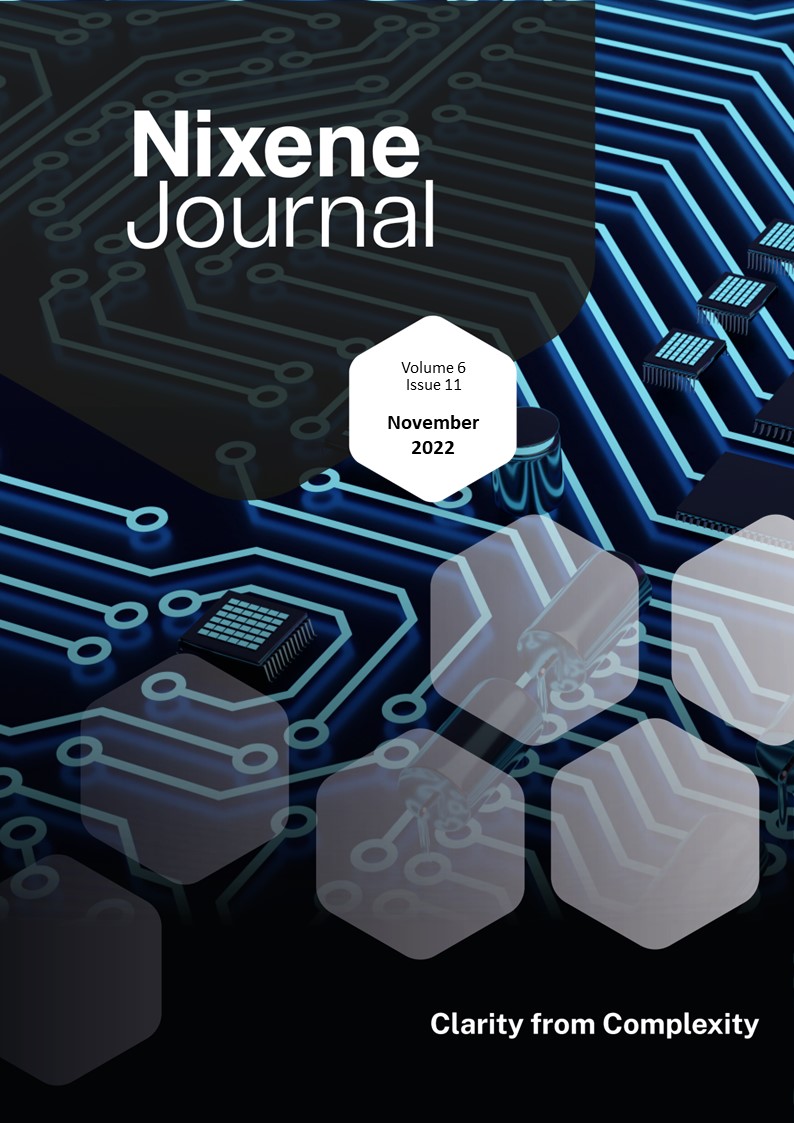
Vol 6 Issue 11
This month we performed our own analysis of the world-wide graphene research trends between 2004 and 2021. This examined the number of research papers produced by the academic community each year. We found that ‘peak graphene research’ occurred in 2018 with a maximum of over 300,000 scholarly articles produced in one year. That number has declined by about a third in the years leading up to 2021 and there are now around 100,000 articles produced by the global academic community each year. The trend charts in the special feature of this issue reveal what we found in more detail. It makes for fascinating reading and will give you an insight into how we curate each issue of this journal. The research we have highlighted this month includes work done by a team at Chongqing University, China who have discovered a way of improving the efficiency of the chemical vapour deposition (CVD) process for making graphene. By using a special catalyst, they can lower the furnace temperatures by 300°C. Other work by researchers at the University of Manchester, UK has found a potentially efficient way of splitting water into hydrogen gas using proton permeable graphene membranes. They can also measure the proton current moving across the graphene membrane. Understanding proton currents could help design better hydrogen fuel cells and even help design better ways of generating fuel for a future hydrogen economy. There are interesting developments on the industrial and commercial side this month. In Australia, the Graphene Manufacturing Group has done something with battery technology that we rarely see. They have made big improvements in energy density. This is a very hard thing to do with lithium-ion batteries. GMG has developed a new technology; graphene-aluminium-ion batteries and they are making continuous improvements, we are impressed. Another new technology caught our attention. First Graphene is helping develop a prototype module that can be retrofitted to natural gas boilers. The technology is graphene enabled, improves the efficiency by 20 to 30% and at the same time achieves 98-99% reduction in boiler emissions. This is at the prototype stage now. We wish the company well developing this technology. As usual dear reader, this is just the tip of the mountain, please explore the landscape we have curated for you this month by reading on… Adrian Nixon 1st November 2022£45.00 View product

